Home>Maintenance & Safety>Pest Control Solutions>When Do Yellow Jackets Go Dormant
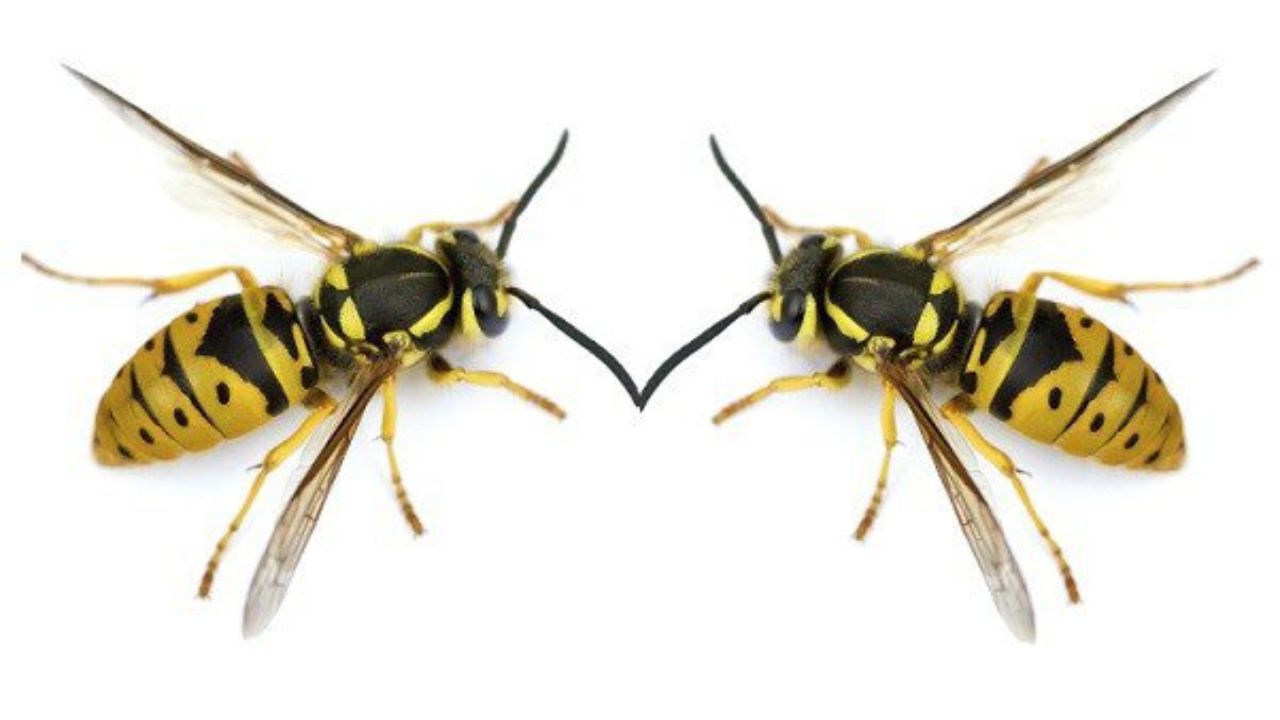

Pest Control Solutions
When Do Yellow Jackets Go Dormant
Modified: October 18, 2024
Learn about pest control solutions for yellow jackets and when they go dormant. Find out how to manage yellow jacket infestations effectively.
(Many of the links in this article redirect to a specific reviewed product. Your purchase of these products through affiliate links helps to generate commission for Storables.com, at no extra cost. Learn more)
Introduction
Yellow jackets are a common sight during the warmer months, buzzing around picnics, gardens, and outdoor events. These aggressive insects are known for their painful stings and can become a nuisance, especially in late summer and early fall. However, as the temperatures drop and the days grow shorter, you may notice a significant decrease in yellow jacket activity. This phenomenon raises the question: when do yellow jackets go dormant?
Understanding the behavior of yellow jackets and the factors that influence their dormancy can provide valuable insights into managing and mitigating their presence. By recognizing the signs of yellow jackets entering dormancy and knowing how to deal with them during this period, you can effectively navigate their seasonal patterns and minimize potential conflicts.
In this article, we will delve into the fascinating world of yellow jackets, exploring their habits, environmental influences, and the telltale indicators of dormancy. Additionally, we will discuss practical strategies for addressing dormant yellow jackets, empowering you with the knowledge to handle these insects responsibly and safely. Let's embark on a journey to unravel the mysteries of yellow jacket dormancy and equip ourselves with the tools to coexist harmoniously with these remarkable creatures.
Key Takeaways:
- Yellow jackets go dormant in colder months due to reduced food and shorter days, so be cautious around their nests during this time to avoid potential stings.
- To manage dormant yellow jackets, avoid disturbing their nests, seal entry points, and seek professional help if needed. Educate others and take precautions when outdoors.
Read more: When Do Yellow Jackets Come Out
Understanding Yellow Jackets
Yellow jackets, scientifically classified as Vespula and Dolichovespula, belong to the family Vespidae and are renowned for their distinctive black and yellow markings. These social insects are often mistaken for bees due to their similar appearance, but they possess distinct characteristics that set them apart. Unlike bees, yellow jackets have slender bodies with a defined waist and lack the dense body hair commonly seen in bees. Additionally, yellow jackets are equipped with smooth stingers, allowing them to deliver multiple stings, unlike honeybees that can only sting once before perishing.
These formidable insects are highly social, residing in colonies with a well-defined caste system comprising queens, workers, and males. The queen, responsible for reproduction and colony leadership, initiates the formation of a new colony in the spring. As the season progresses, the colony expands, with the queen laying eggs that give rise to the worker yellow jackets. These industrious workers assume various responsibilities, including foraging for food, caring for the young, and defending the colony against perceived threats.
Yellow jackets are opportunistic feeders, displaying a diverse diet that encompasses nectar, fruits, and other sugary substances. However, their foraging behavior takes a more aggressive turn as they scavenge for protein-rich sources to nourish the developing larvae. This quest for protein often leads them to scavenge for insects, carrion, and even human food, making them a common presence at outdoor gatherings and trash receptacles.
The life cycle of yellow jackets is intricately intertwined with the changing seasons, influencing their behavior and activity levels. As temperatures begin to decline and food sources become scarce, yellow jackets undergo a remarkable transition, preparing for a period of dormancy. This natural response to environmental cues serves as a survival strategy, allowing the colony to conserve resources and endure the challenges posed by the colder months.
Understanding the biology and behavior of yellow jackets is essential for gaining insights into their seasonal patterns and interactions with their surroundings. By delving into the intricacies of these fascinating insects, we can develop a deeper appreciation for their role in the ecosystem and cultivate a greater understanding of their presence in our environment.
Factors Affecting Yellow Jackets' Dormancy
The dormancy of yellow jackets, also known as hibernation, is influenced by a myriad of factors that shape their behavior and survival strategies as the seasons transition. These factors play a pivotal role in orchestrating the intricate dance of dormancy, guiding yellow jackets through a period of reduced activity and resource conservation. Let's explore the key influencers that contribute to the dormancy of these remarkable insects:
-
Temperature Fluctuations: As temperatures plummet during the fall and winter months, yellow jackets undergo physiological changes in response to the cold. Lower temperatures prompt a decrease in metabolic activity, compelling the insects to conserve energy and seek shelter to shield themselves from the harsh environmental conditions. This adaptive response allows yellow jackets to endure the frigid temperatures and minimize their energy expenditure, paving the way for dormancy.
-
Food Availability: The availability of food sources profoundly impacts the dormancy of yellow jackets. As the seasons transition, the abundance of floral nectar dwindles, and protein-rich prey becomes scarcer. This scarcity of sustenance prompts yellow jackets to adjust their foraging behavior and prioritize the allocation of remaining resources to sustain the colony through the dormant period. The diminishing food supply serves as a catalyst for the insects' transition into dormancy, compelling them to conserve energy and endure periods of scarcity.
-
Colony Size and Resources: The size and resources of the yellow jacket colony play a pivotal role in determining the onset and duration of dormancy. Larger colonies with ample reserves are better equipped to weather the dormancy period, leveraging their resource stockpiles to sustain the inhabitants through lean times. In contrast, smaller colonies may face greater challenges, as they grapple with limited reserves and heightened vulnerability to environmental fluctuations. The interplay between colony size and available resources shapes the dormancy dynamics, influencing the survival prospects of the yellow jackets.
-
Photoperiod and Day Length: The changing photoperiod, characterized by shorter daylight hours, serves as a potent environmental cue that triggers dormancy in yellow jackets. As the days grow shorter, the insects perceive this shift in daylight duration as a signal to prepare for dormancy. This photoperiodic response prompts physiological and behavioral changes within the colony, orchestrating the transition into dormancy and aligning the insects' activity patterns with the evolving environmental conditions.
-
Environmental Stressors: Environmental stressors, such as inclement weather, predation, and habitat disruptions, can exert profound influences on the dormancy of yellow jackets. These stressors compel the insects to adapt their behavior and allocate resources strategically, navigating the challenges posed by the changing landscape. The ability of yellow jackets to contend with environmental stressors and mitigate their impact shapes the trajectory of dormancy, influencing the resilience of the colony in the face of adversity.
By comprehending the multifaceted factors that govern the dormancy of yellow jackets, we gain valuable insights into the intricate interplay between environmental cues, physiological adaptations, and resource management. These factors converge to orchestrate the dormancy of yellow jackets, underscoring the remarkable resilience and adaptive prowess of these captivating insects.
Yellow jackets typically go dormant in the late fall when temperatures drop below 50°F. They will hibernate in their nests until the following spring when temperatures warm up again. It’s best to avoid disturbing their nests during this time to prevent any potential stings.
Signs of Yellow Jackets Going Dormant
Recognizing the signs of yellow jackets entering dormancy is crucial for understanding their behavioral shifts and preparing for reduced activity levels. As the seasons transition and environmental conditions evolve, several telltale indicators emerge, signaling the onset of dormancy in these remarkable insects. By keenly observing their behavior and habitat, one can discern the following signs that herald the dormancy of yellow jackets:
-
Diminished Foraging Activity: A noticeable decline in foraging activity serves as a prominent sign of yellow jackets preparing for dormancy. As the availability of floral nectar and protein-rich prey dwindles, the insects curtail their foraging expeditions, conserving energy and reallocating resources to sustain the colony through the impending dormant period.
-
Reduced Nest Activity: The bustling energy that typically emanates from a yellow jacket nest gradually wanes as the insects transition into dormancy. The frenetic comings and goings of workers diminish, and the overall nest activity subsides, reflecting the colony's gradual shift towards a state of reduced metabolic activity and resource conservation.
-
Queen Seclusion: The queen, a central figure in the yellow jacket colony, exhibits distinct behavioral changes as dormancy approaches. She retreats to a secluded chamber within the nest, where she seeks refuge from the impending cold and focuses on conserving her energy reserves for the critical role she will assume in the next reproductive cycle.
-
Aggressive Behavior: As yellow jackets prepare for dormancy, their behavior may become more defensive and aggressive, particularly in the vicinity of the nest. This heightened defensiveness serves as a protective mechanism, safeguarding the dwindling resources and the queen's seclusion as the colony braces for the dormant phase.
-
Abandoned Nests: In some instances, yellow jacket nests may appear abandoned as the insects withdraw into dormancy. The once vibrant and bustling nest may exhibit a stark contrast, with reduced activity and a sense of desolation permeating the surroundings, signaling the colony's transition into a state of dormancy.
-
Temperature-Dependent Activity: Yellow jackets' activity levels are intricately linked to temperature fluctuations, with their behavior becoming increasingly subdued as the temperatures plummet. Observing the insects' response to cooler temperatures provides valuable insights into their dormancy preparations, as they seek shelter and conserve energy in response to environmental cues.
By attuning oneself to these signs of yellow jackets going dormant, one can gain a deeper understanding of the insects' seasonal rhythms and prepare for their reduced presence in the environment. These signs serve as poignant reminders of the intricate dance of dormancy that unfolds within yellow jacket colonies, offering a glimpse into the remarkable adaptations and survival strategies employed by these captivating insects.
How to Deal with Dormant Yellow Jackets
Dealing with dormant yellow jackets requires a cautious and strategic approach to ensure the safety of both humans and the insects. As these remarkable insects enter a period of reduced activity and metabolic slowdown, it is essential to adopt measures that minimize potential conflicts and promote coexistence. Here are practical strategies for effectively managing dormant yellow jackets:
-
Nest Inspection: Conduct a thorough inspection of the surroundings to identify yellow jacket nests. With the insects entering dormancy, nests may exhibit reduced activity, providing an opportune time to locate and assess their presence.
-
Avoid Disturbance: Exercise caution and refrain from disturbing dormant yellow jacket nests. As the insects conserve energy and resources, any disturbances can trigger defensive behavior, leading to potential stinging incidents.
-
Seal Entry Points: Take proactive measures to seal potential entry points to buildings and structures, preventing yellow jackets from seeking shelter indoors during dormancy. This can help mitigate the risk of human-insect encounters.
-
Professional Assistance: Consider seeking professional pest control services to address dormant yellow jacket nests, especially if their proximity poses a risk to human safety. Pest control experts can safely and effectively manage the situation, ensuring the well-being of both humans and the insects.
-
Educate and Inform: Raise awareness among community members about the presence of dormant yellow jackets and the importance of exercising caution. By fostering understanding and vigilance, individuals can navigate their surroundings responsibly and minimize potential conflicts with the insects.
-
Environmental Modifications: Implement environmental modifications to deter yellow jackets from establishing nests in close proximity to human-inhabited areas. This may involve reducing attractants such as food waste and implementing landscaping practices that discourage nesting.
-
Personal Protection: When engaging in outdoor activities, especially in areas where dormant yellow jackets may be present, use appropriate personal protective measures such as wearing long sleeves, pants, and closed-toe shoes to minimize the risk of stings.
By adopting these proactive strategies, individuals can navigate the presence of dormant yellow jackets responsibly and mitigate potential conflicts. It is essential to approach the management of dormant yellow jackets with a focus on safety, coexistence, and informed decision-making, fostering a harmonious balance between human activities and the natural behaviors of these remarkable insects.
Read more: When Are Yellow Jackets Active
Conclusion
In conclusion, the dormancy of yellow jackets represents a fascinating interplay of biological adaptations, environmental cues, and survival strategies. As these remarkable insects prepare for the colder months, their behavior undergoes a remarkable transformation, marked by reduced activity and resource conservation. By understanding the factors influencing yellow jackets' dormancy, recognizing the signs of their transition into this state, and adopting responsible strategies for managing dormant colonies, individuals can navigate their presence with vigilance and respect.
The intricate dance of dormancy within yellow jacket colonies serves as a testament to the resilience and adaptability of these captivating insects. From temperature-dependent responses to the strategic allocation of resources, yellow jackets adeptly navigate the challenges posed by seasonal transitions, showcasing their remarkable capacity to endure and thrive in dynamic environments.
As we observe the signs of yellow jackets entering dormancy, it is essential to approach their management with a focus on safety, informed decision-making, and coexistence. By refraining from disturbing dormant nests, seeking professional assistance when necessary, and implementing environmental modifications to deter nesting in human-inhabited areas, individuals can foster a harmonious balance between human activities and the natural behaviors of these insects.
Furthermore, education and awareness play a pivotal role in promoting responsible interactions with dormant yellow jackets. By raising awareness about the presence of these insects and the importance of exercising caution, communities can cultivate a culture of vigilance and understanding, minimizing potential conflicts and fostering a sense of coexistence with the natural world.
In essence, the dormancy of yellow jackets offers a compelling glimpse into the intricate rhythms of nature and the remarkable adaptations of these social insects. By embracing a mindset of respect, responsibility, and informed coexistence, we can navigate the presence of dormant yellow jackets with mindfulness and appreciation for the role they play in the ecosystem. As we embark on this journey of understanding and coexistence, let us embrace the complexities of nature and strive to harmonize our interactions with the captivating world of yellow jackets.
Frequently Asked Questions about When Do Yellow Jackets Go Dormant
Was this page helpful?
At Storables.com, we guarantee accurate and reliable information. Our content, validated by Expert Board Contributors, is crafted following stringent Editorial Policies. We're committed to providing you with well-researched, expert-backed insights for all your informational needs.
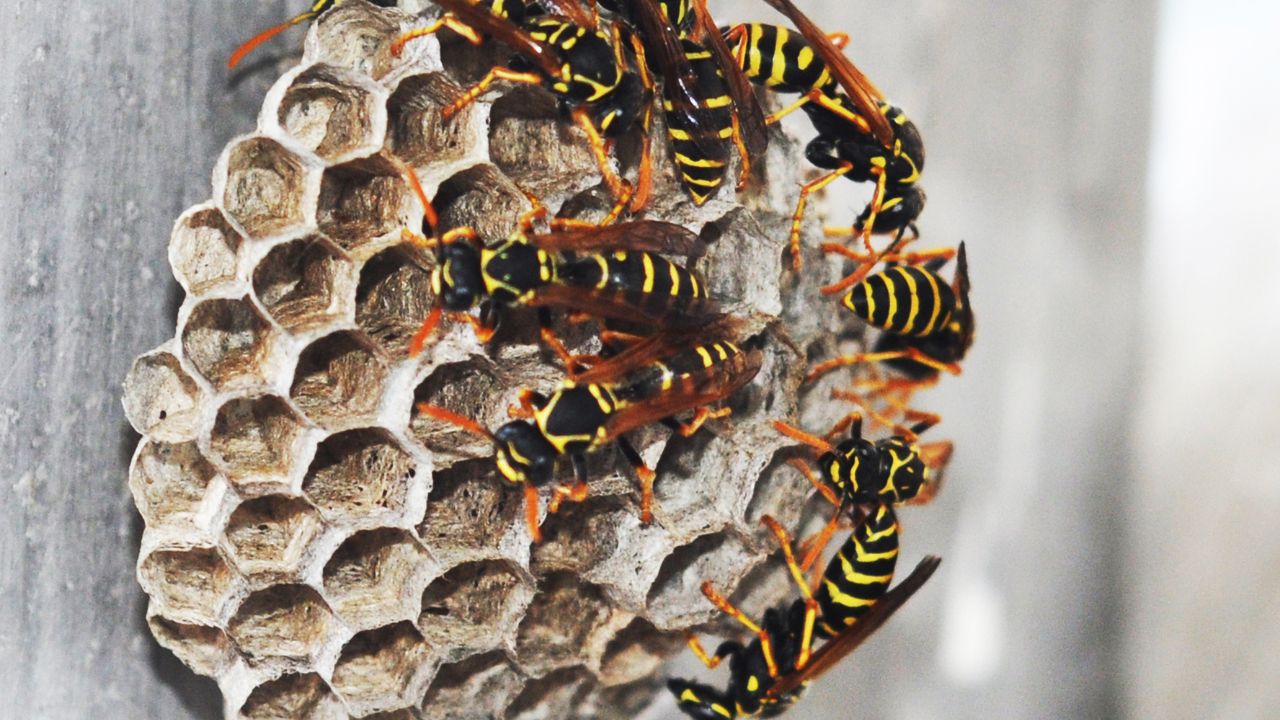

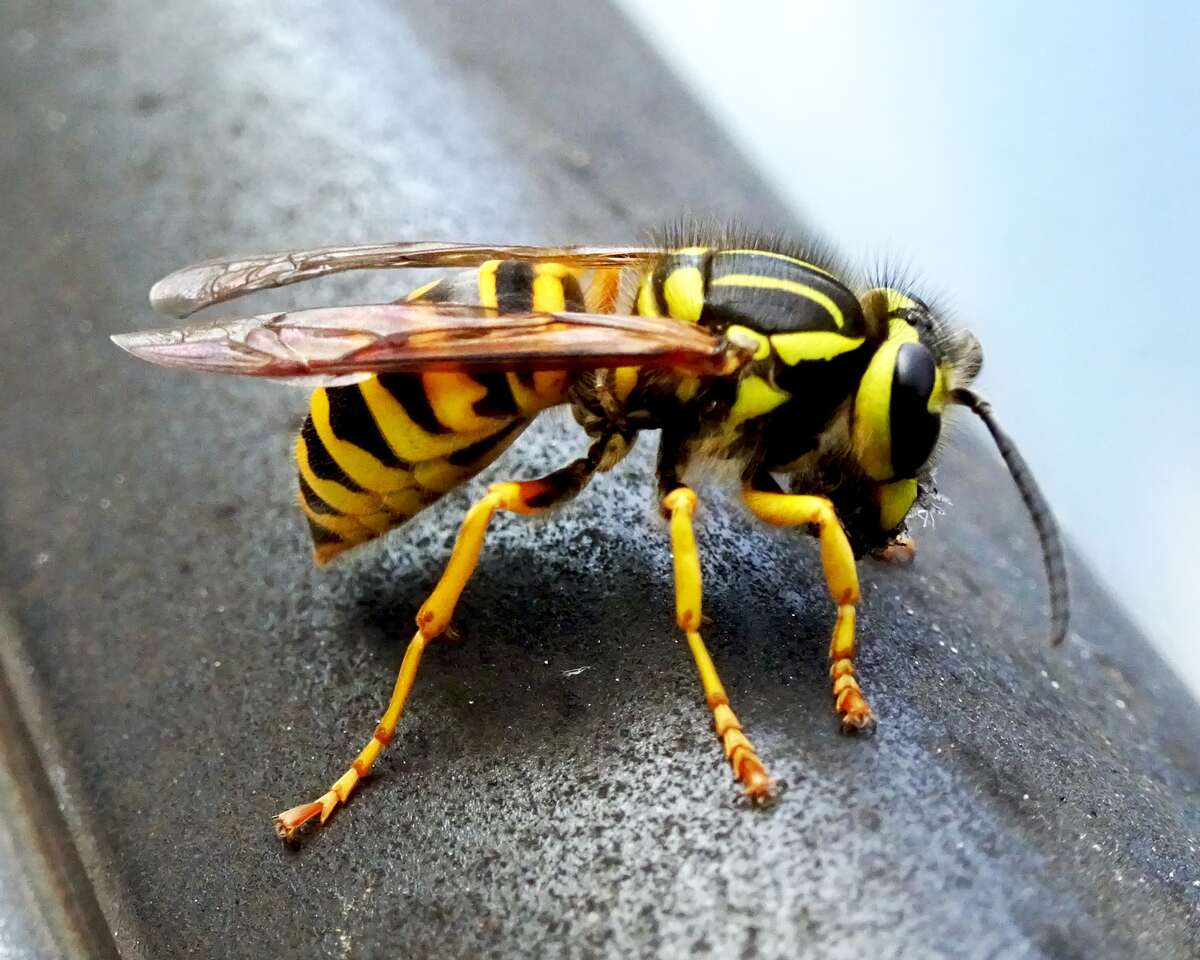
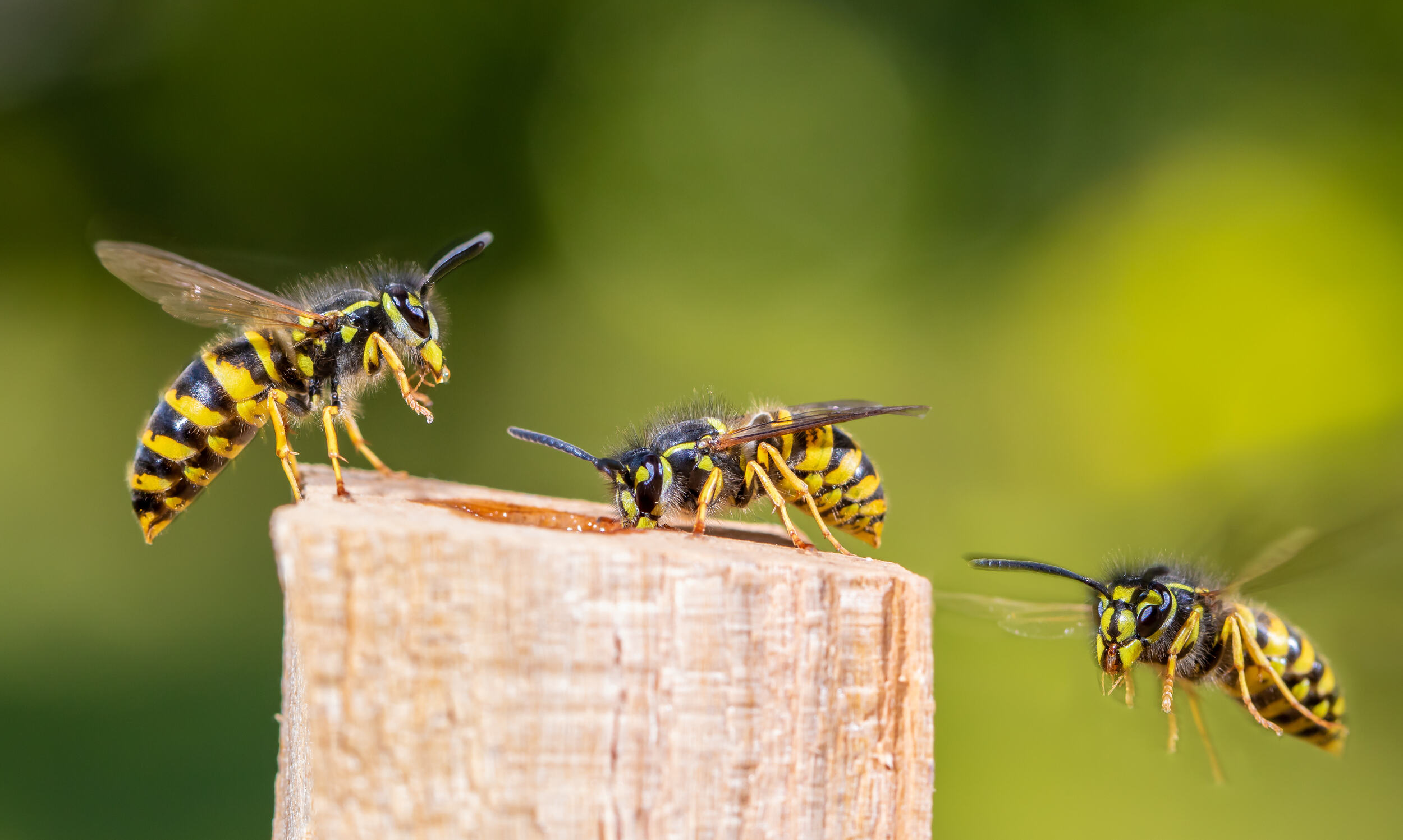
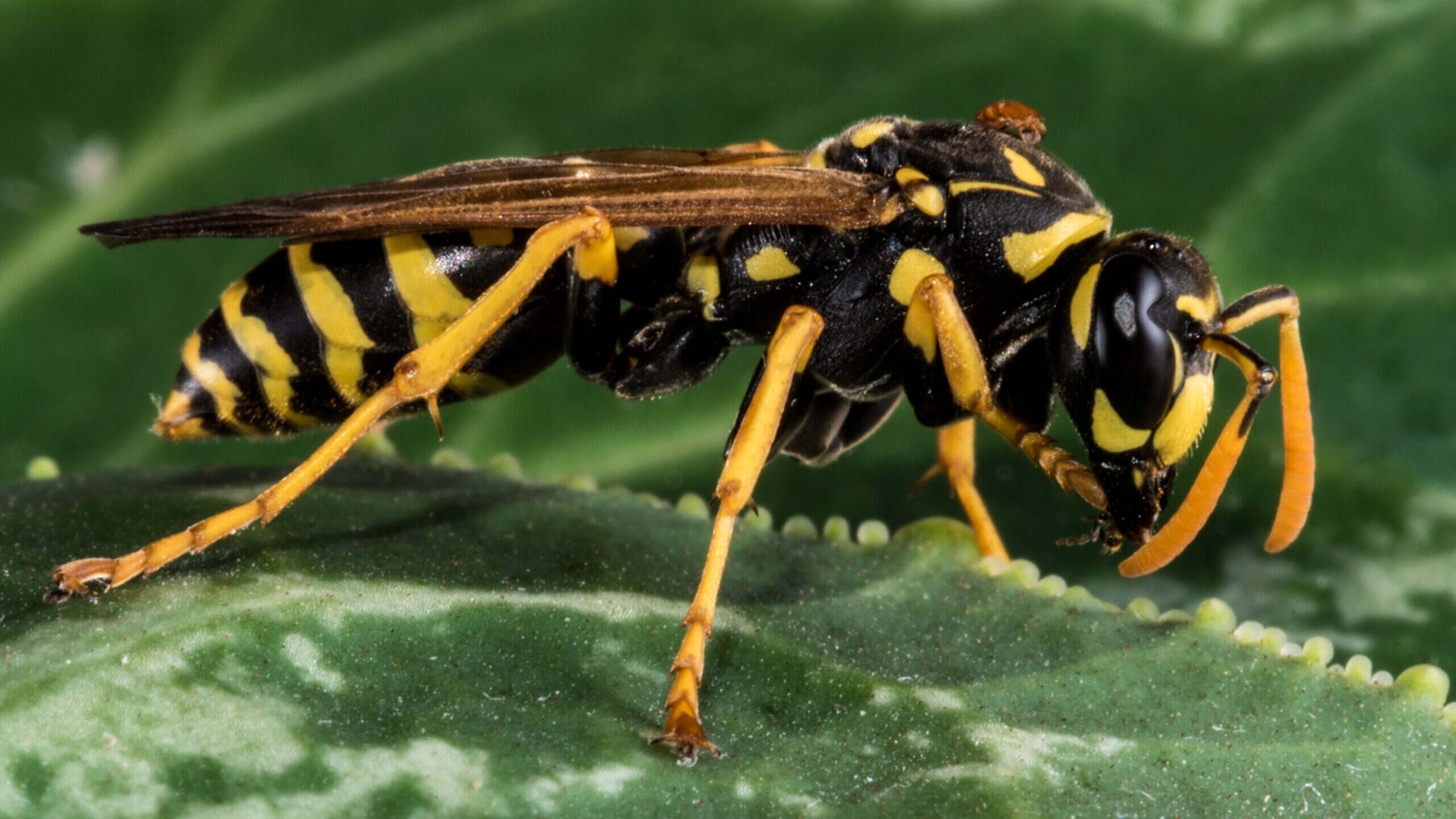
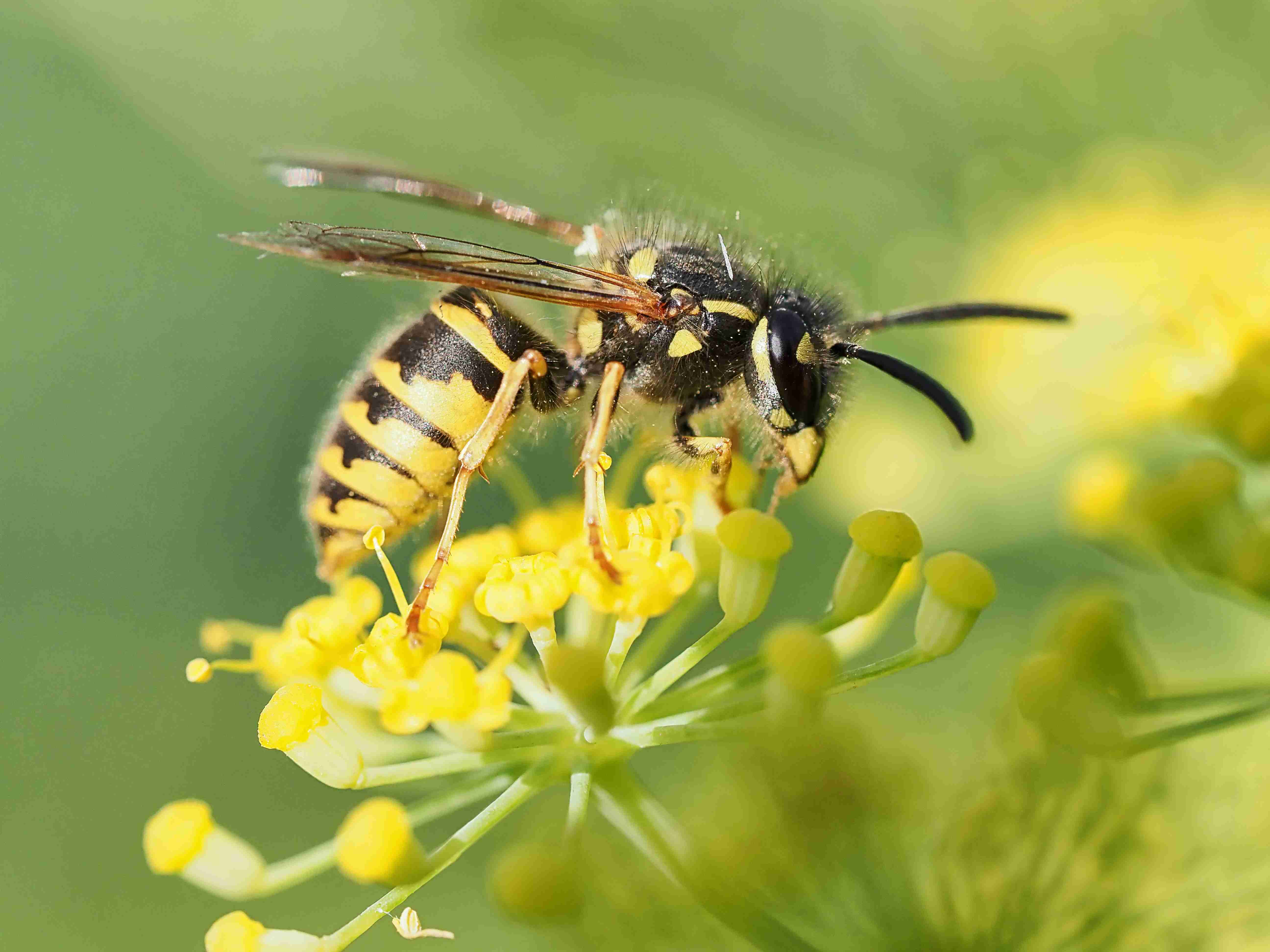
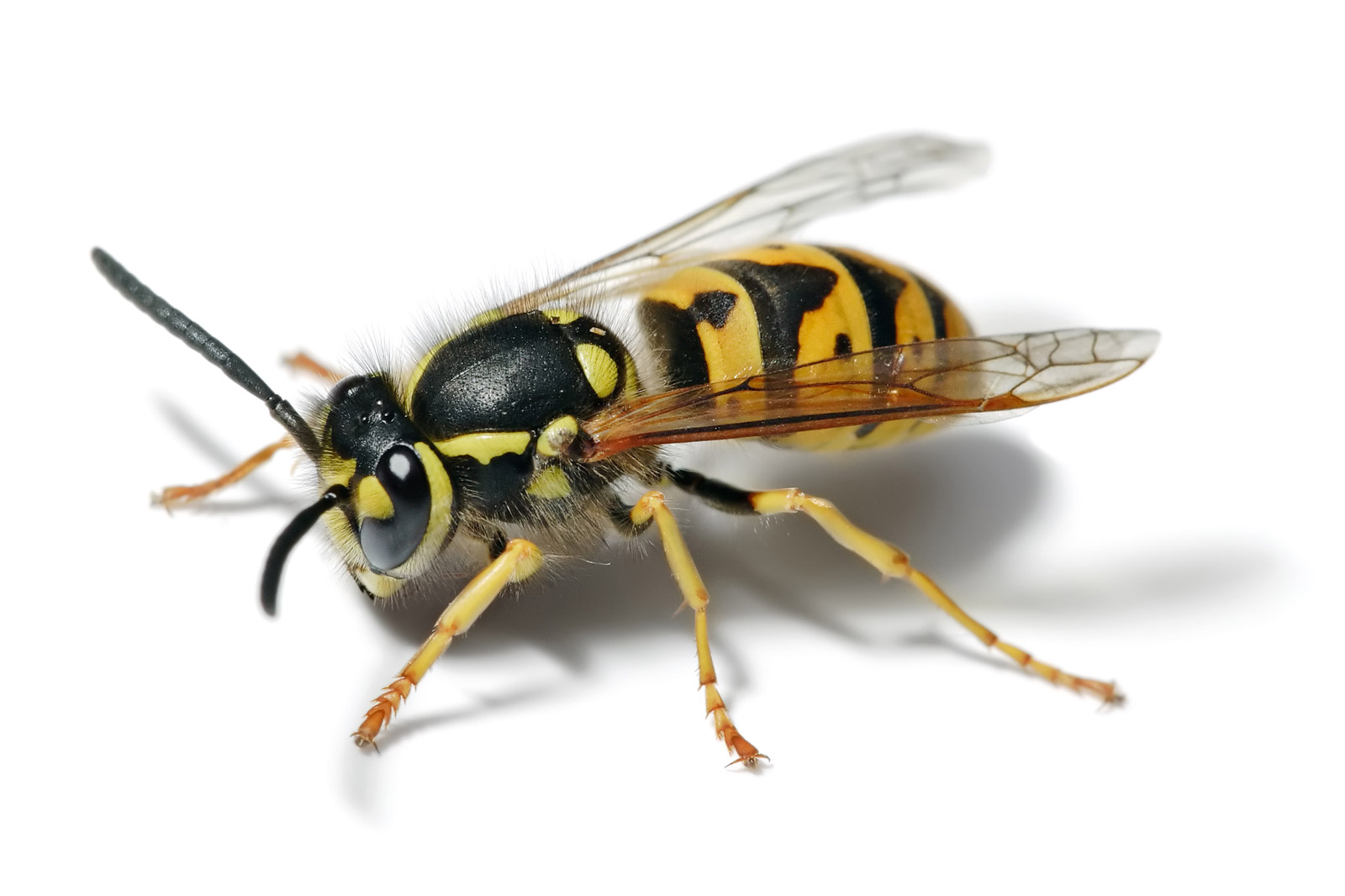
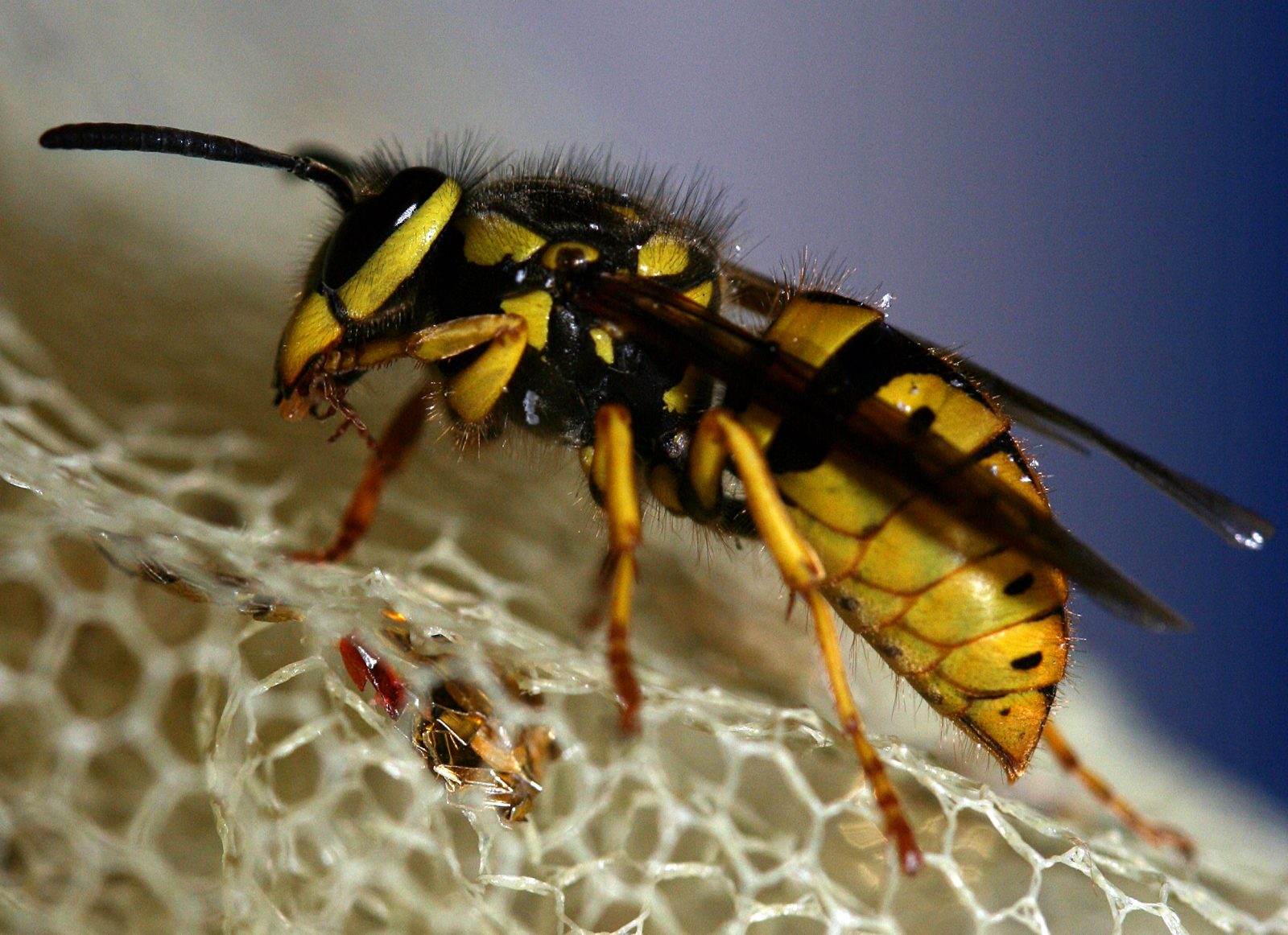
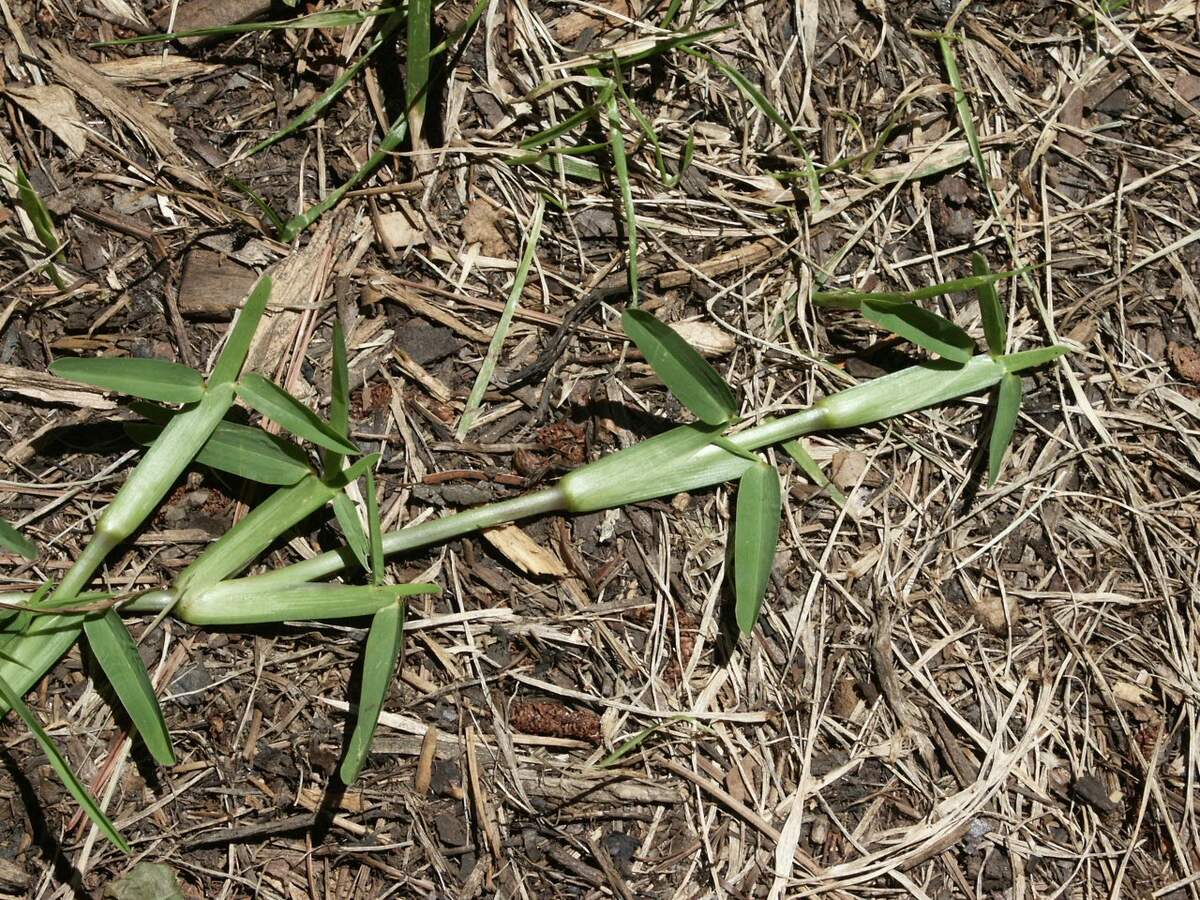
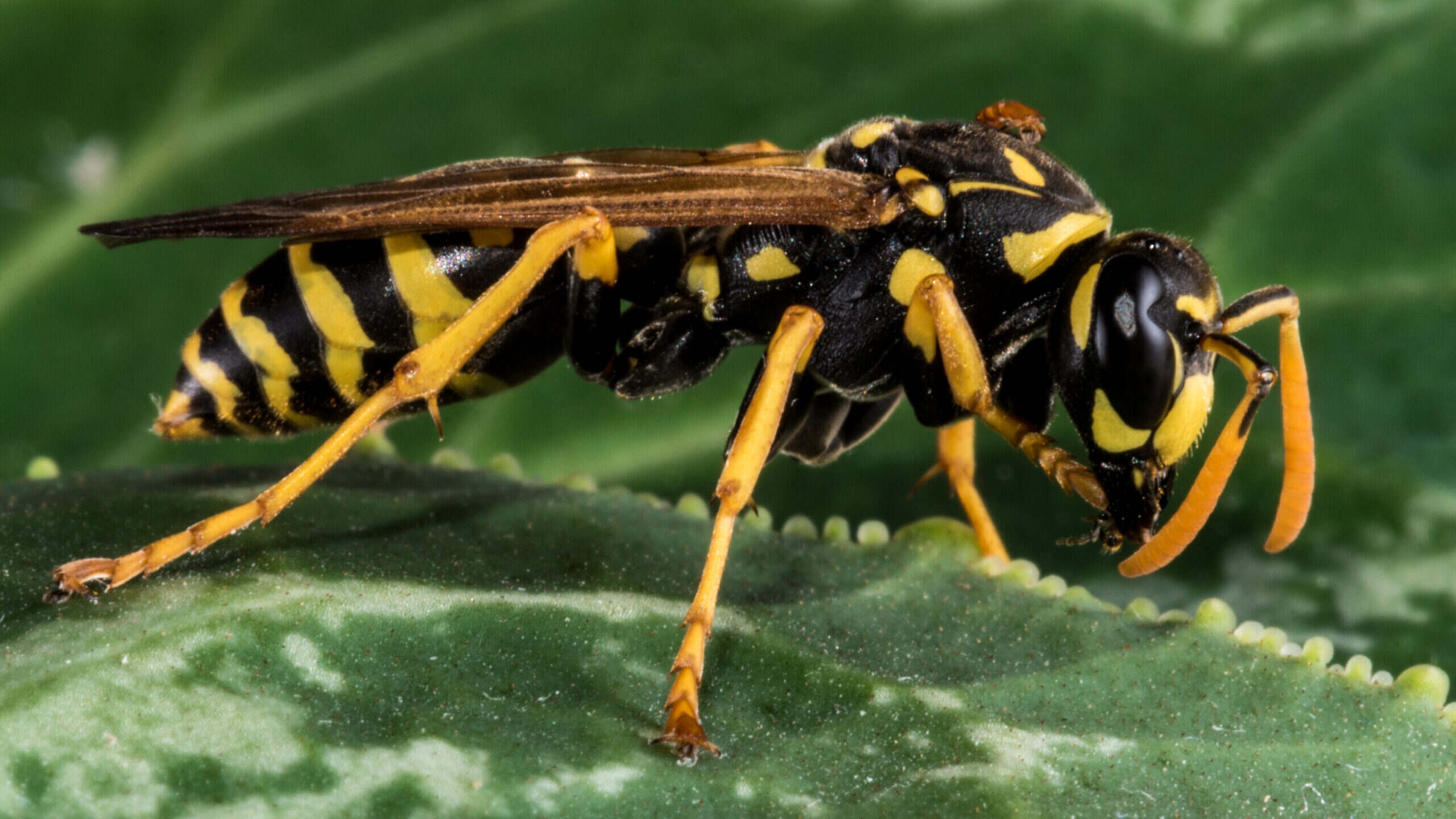
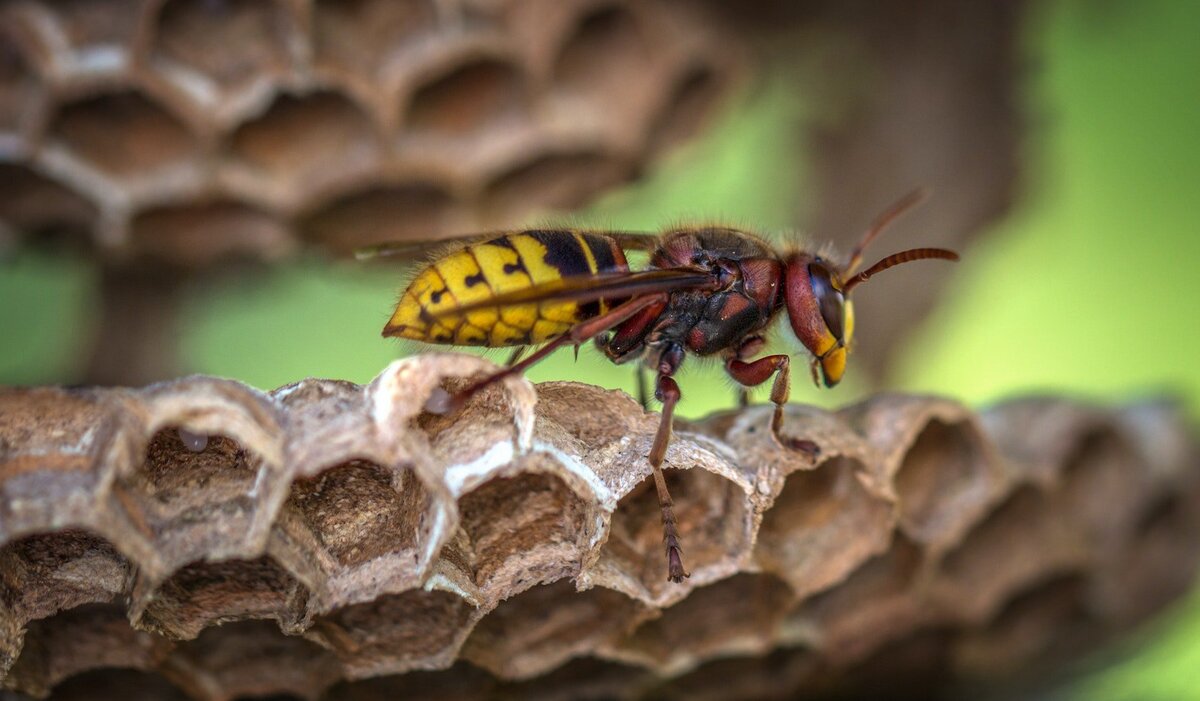
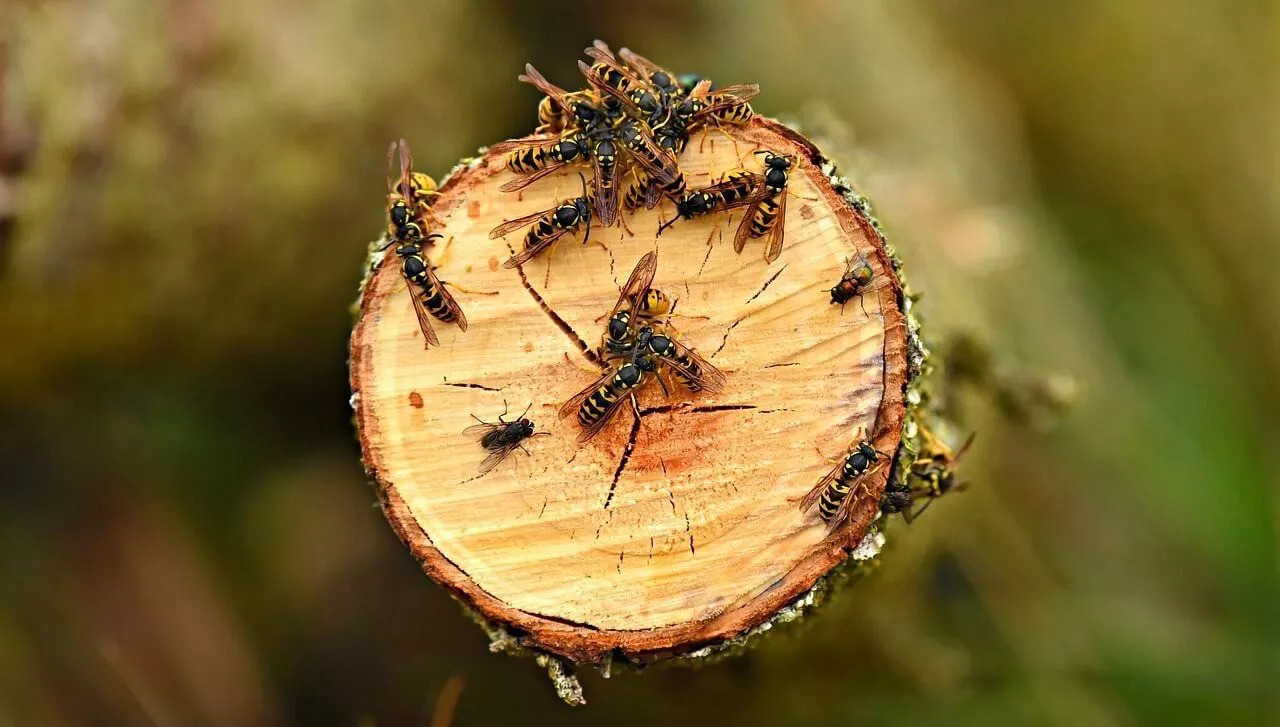

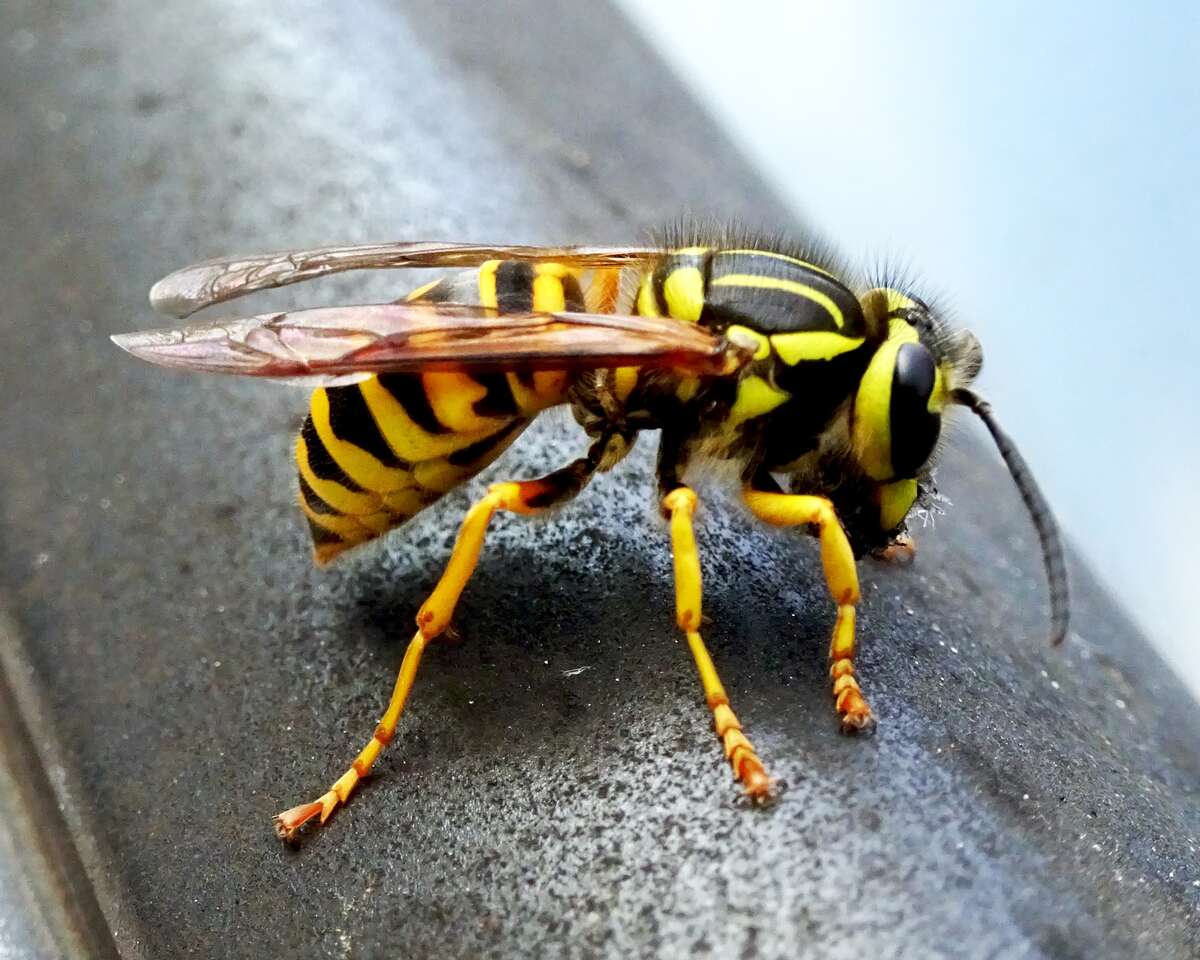

0 thoughts on “When Do Yellow Jackets Go Dormant”